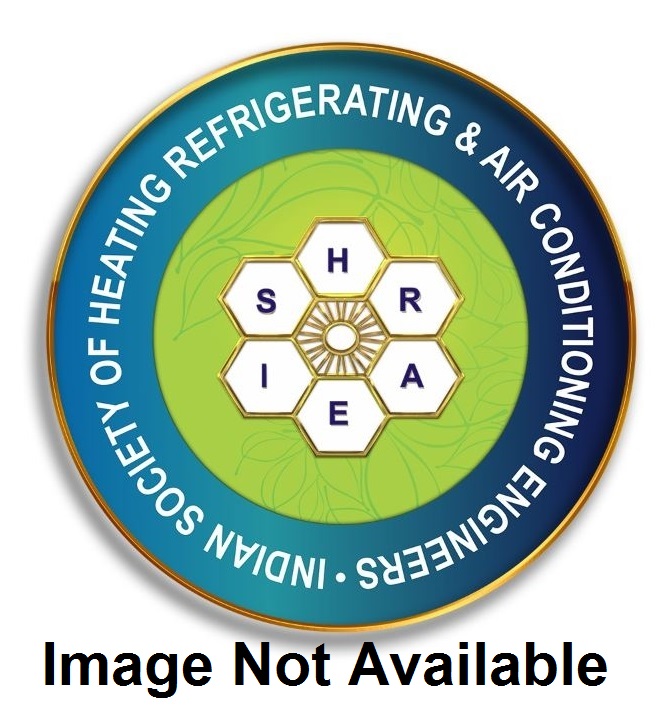Q: What is the difference between an ‘internally’ equalized and ‘externally’ equalized TXV?
An internally equalized TXV uses evaporator inlet pressure to create the ‘closing’ force on the valve. An externally equalized valve uses the evaporator outlet pressure, thereby compensating for any pressure drop through the evaporator.
If an internally equalized valve is used in a system with a large pressure drop through the evaporator, the pressure below the diaphragm will be higher, causing the valve to go in a more ‘closed’ position and resulting in a superheat higher than
desired (starving).
Q: When should I use an externally equalized TXV?
1. On any large system, generally over 1 ton capacity
2. On any system utilizing a distributor
Note: For field replacement you can always replace an internally equalized valve with an externally equalized type; however, you should never replace an externally equalized valve with an internal type.
Q: If I need to replace an internally equalized valve and all that is available is an externally equalized type, can I simply ‘cap’ the equalizer fitting?
No, the equalizer must be connected to the suction line near the thermal bulb. Capping the equalizer line will prevent the valve from operating properly.
Q: Will an externally equalized TXV allow system pressures to ‘equalize’ during off cycles?
No, an externally equalized valve will NOT allow system high and low sides to ‘equalize’ during the off cycle. The only way this can be accomplished is through the use of a ‘bleed’ type TXV.
Q: Where should the external equalizer be installed?
The external equalizer line should be installed on top of the suction line before any traps and located within 6 inches of the sensing bulb position. If this is not possible, and a different location is required, it must first be confirmed that the pressure at the desired location is identical to the pressure at the bulb.
Q: What happens if the equalizer tube becomes ‘kinked?’
If the equalizer line becomes ‘kinked’ the pressure sensed at the underside of the diaphragm will no longer correspond to the evaporator outlet pressure and the valve will not be able to operate as intended.
Q: I have seen some equalizer tubes ‘frosted.’ Is that normal?
Frost on the equalizer line is an indication that the packing seal has failed, allowing higher pressure refrigerant to leak past and expand into the equalizer line. Depending on the valve type, either the cage assembly or the entire valve should be replaced.
Disclaimer: The information provided within this publication / eBook/ content is for general informational purposes only. While we try to keep the information up-to-date and correct, there are no representations or warranties, express or implied, about the completeness, accuracy, reliability, suitability or availability with respect to the information, products, services, or related graphics contained in this publication / eBook/ content for any purpose. Any use of this information is at your own risk.
 Youth
Youth
 Women
Women
 Research for Ishrae
Research for Ishrae







